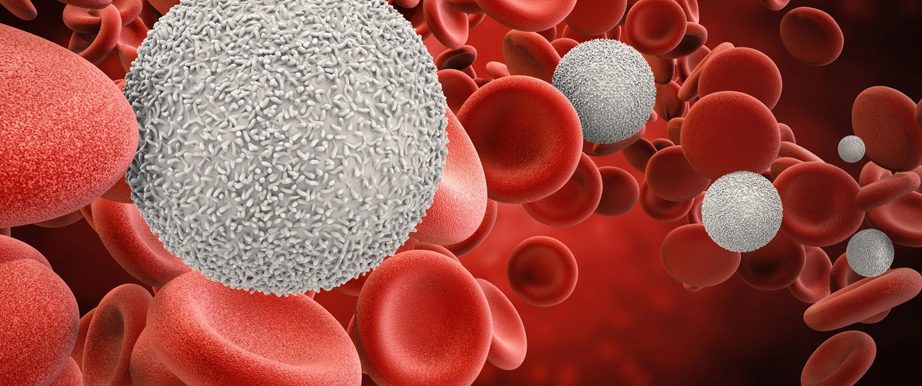Haematology

Hematology is the branch of medicine that focuses on the study of blood, blood-forming organs, and blood disorders. It encompasses the diagnosis, treatment, and prevention of conditions related to blood and bone marrow. Hematologists are specialists who deal with various blood-related diseases and disorders.
Key Components of Hematology
Blood Components:
- Red Blood Cells (RBCs): Carry oxygen from the lungs to the body and return carbon dioxide from the body to the lungs.
- White Blood Cells (WBCs): Part of the immune system, defending the body against infection and disease.
- Platelets: Small cell fragments that play a crucial role in blood clotting.
- Plasma: The liquid portion of blood that carries cells, nutrients, hormones, and waste products.
Bone Marrow:
- The soft tissue inside bones where blood cells are produced. Disorders affecting the bone marrow can lead to various blood diseases.
Lymphatic System:
- Part of the immune system that includes lymph nodes and vessels, playing a role in the production and transport of lymph, a fluid containing infection-fighting white blood cells.
Common Blood Disorders
- Anemia: A condition characterized by a deficiency of red blood cells or hemoglobin, leading to fatigue, weakness, and pale skin. Types include iron-deficiency anemia, vitamin B12 deficiency anemia, and aplastic anemia.
- Leukemia: A type of cancer that affects blood and bone marrow, leading to the overproduction of abnormal white blood cells. Symptoms can include fatigue, frequent infections, and easy bruising or bleeding.
- Lymphoma: Cancer of the lymphatic system, which can be classified as Hodgkin lymphoma or non-Hodgkin lymphoma. Symptoms may include swollen lymph nodes, fever, night sweats, and unexplained weight loss.
- Hemophilia: A genetic disorder that impairs the body’s ability to make blood clots, leading to excessive bleeding. It is typically inherited and more common in males.
- Thrombocytopenia: A condition characterized by low platelet counts, leading to increased bleeding and bruising. It can be caused by various factors, including bone marrow disorders, certain medications, or autoimmune diseases.
- Sickle Cell Disease: A genetic disorder that affects the shape of red blood cells, causing them to become rigid and sickle-shaped. This can lead to blockages in blood flow, severe pain, and increased risk of infections.
Diagnosis and Treatment
Diagnosis: Hematologists use various tests to diagnose blood disorders, including:
- Complete Blood Count (CBC): Measures levels of red blood cells, white blood cells, platelets, and hemoglobin.
- Blood Smear: Examines the shape and size of blood cells under a microscope.
- Bone Marrow Biopsy: Assesses the health of bone marrow and the presence of abnormal cells.
- Coagulation Tests: Evaluate the blood's ability to clot properly.
Treatment: Treatment options vary depending on the specific blood disorder and may include:
- Medications: Such as anticoagulants, antiplatelet agents, or chemotherapy for blood cancers.
- Blood Transfusions: To increase the number of healthy red blood cells or platelets.
- Bone Marrow or Stem Cell Transplant: For certain cancers or bone marrow disorders.
- Lifestyle Changes: Dietary adjustments or exercise to manage conditions like anemia or to improve overall blood health.
Meet Our Specialist Doctor
One of the top Hospitals in Ghatkopar.




 Click to Book Appointment & Bed
Click to Book Appointment & Bed